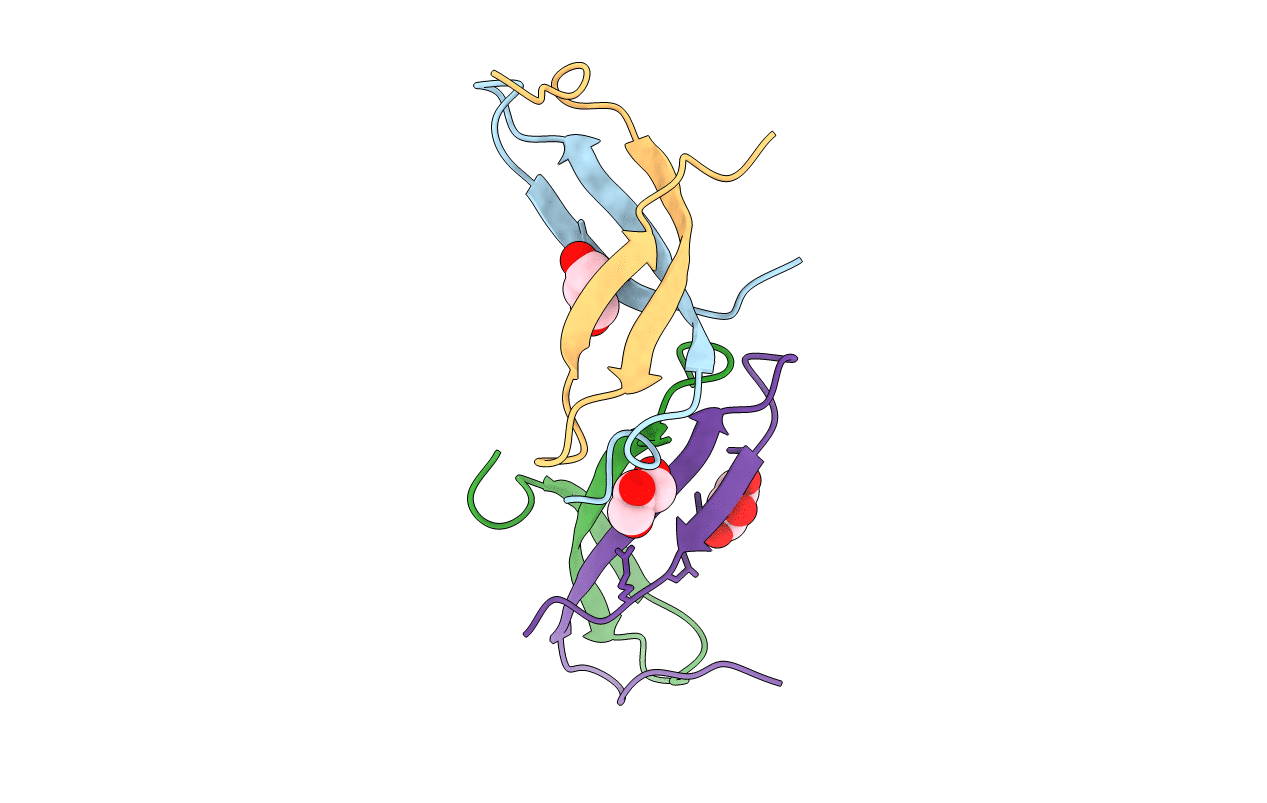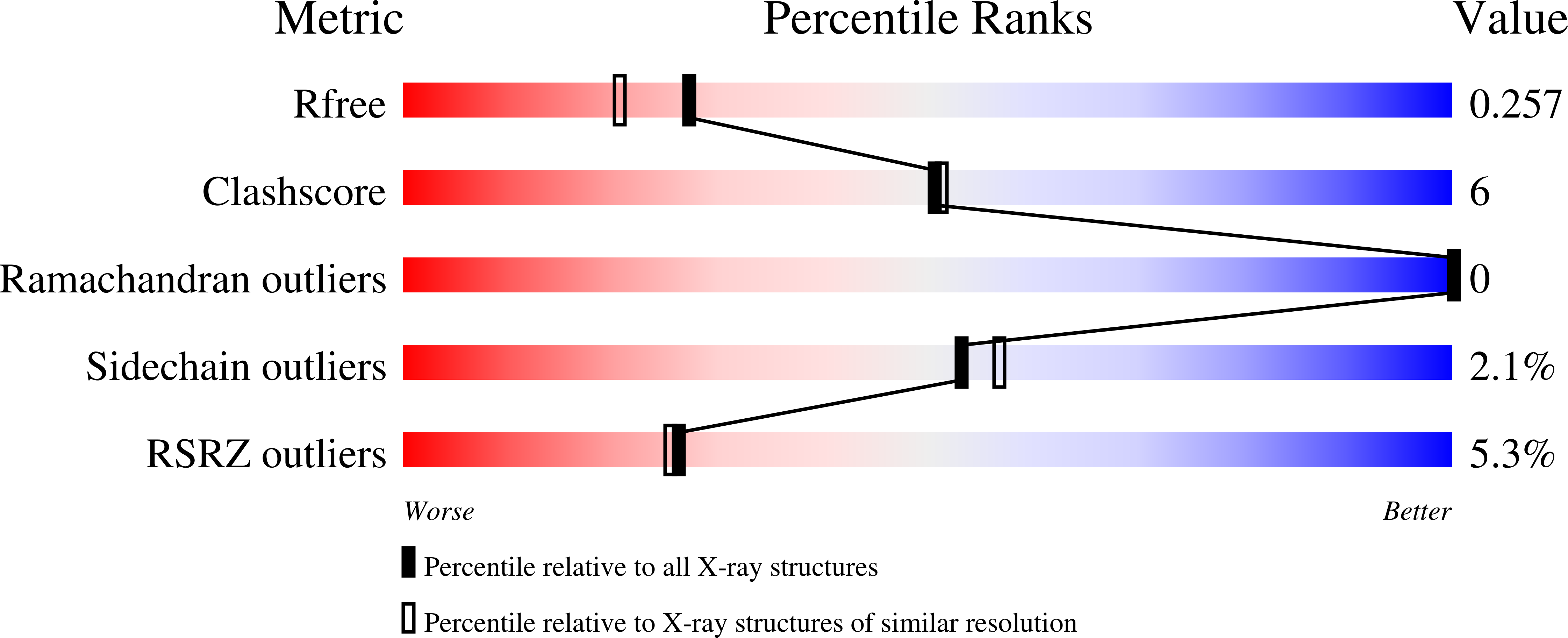
Deposition Date
2021-10-24
Release Date
2022-08-03
Last Version Date
2024-10-23
Method Details:
Experimental Method:
Resolution:
2.00 Å
R-Value Free:
0.25
R-Value Work:
0.19
R-Value Observed:
0.19
Space Group:
C 1 2 1


